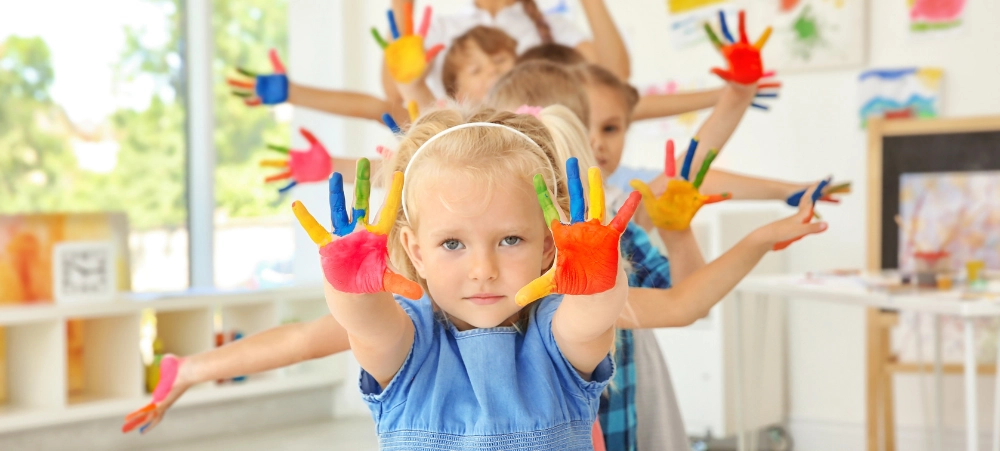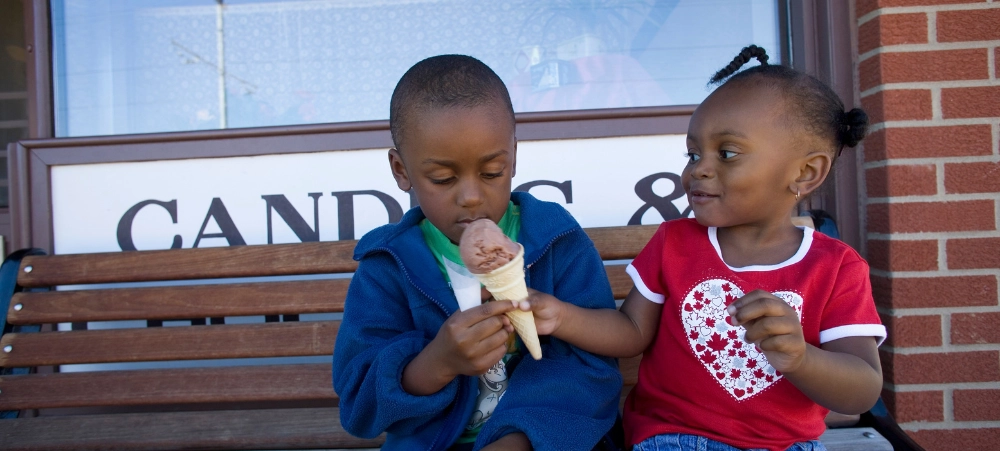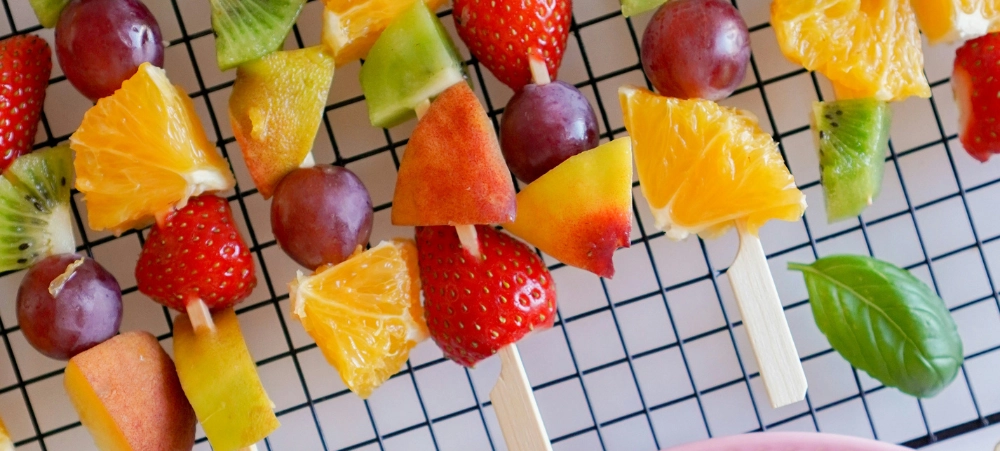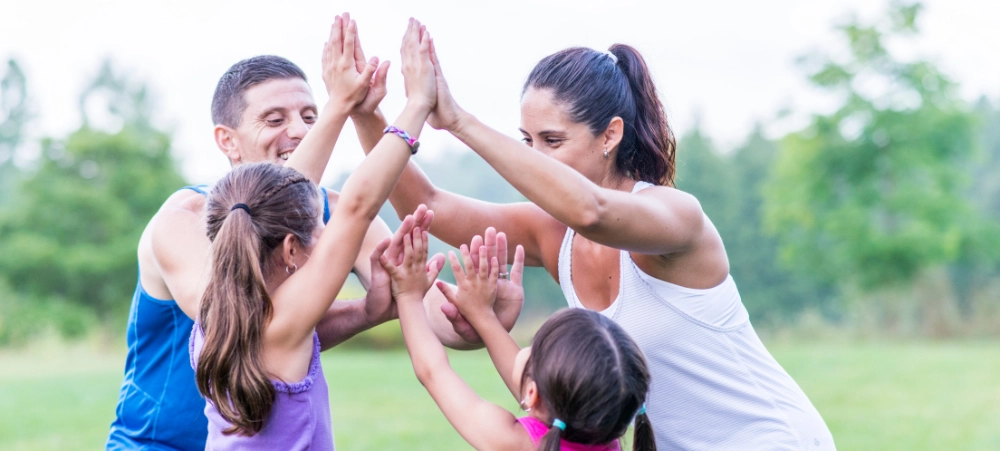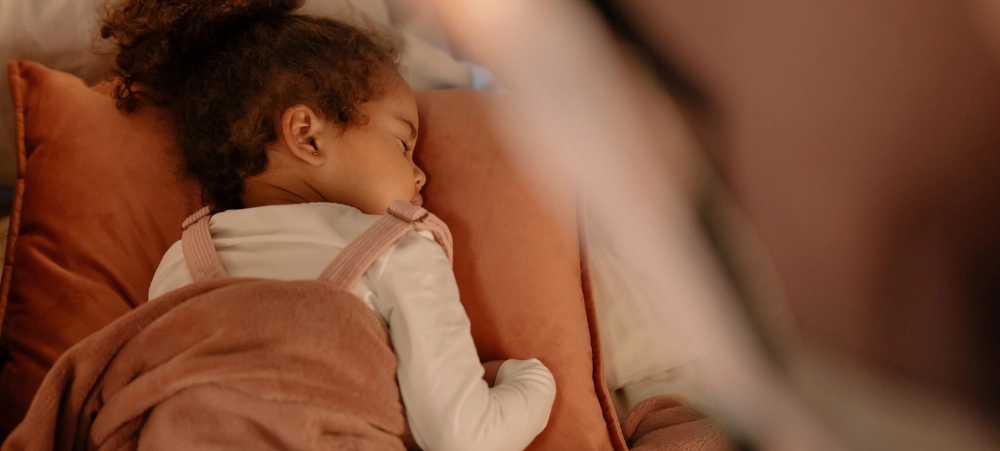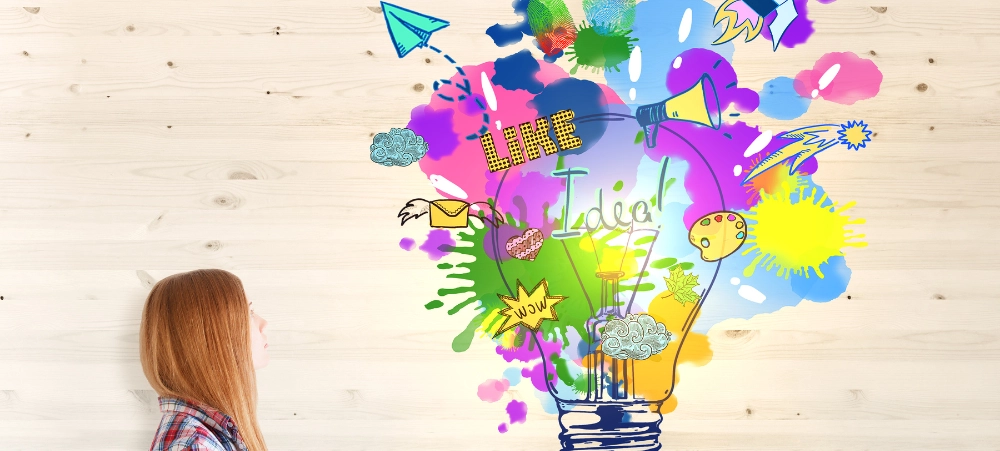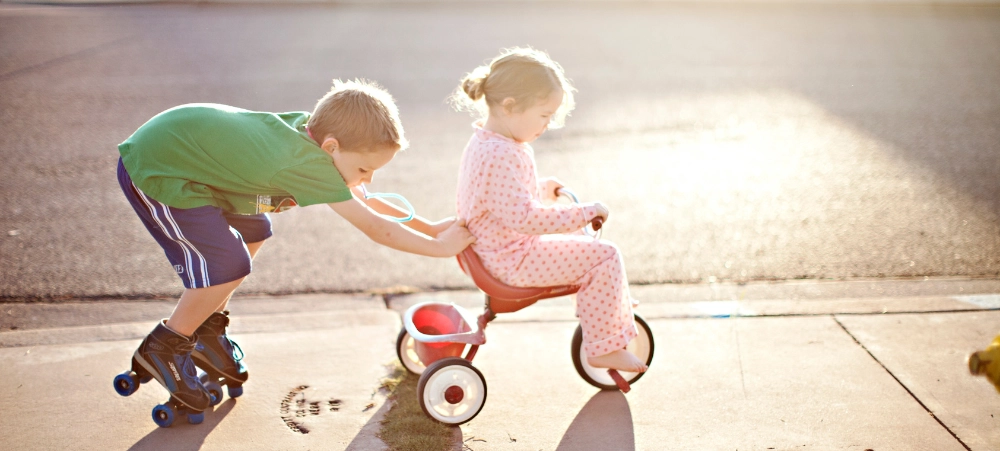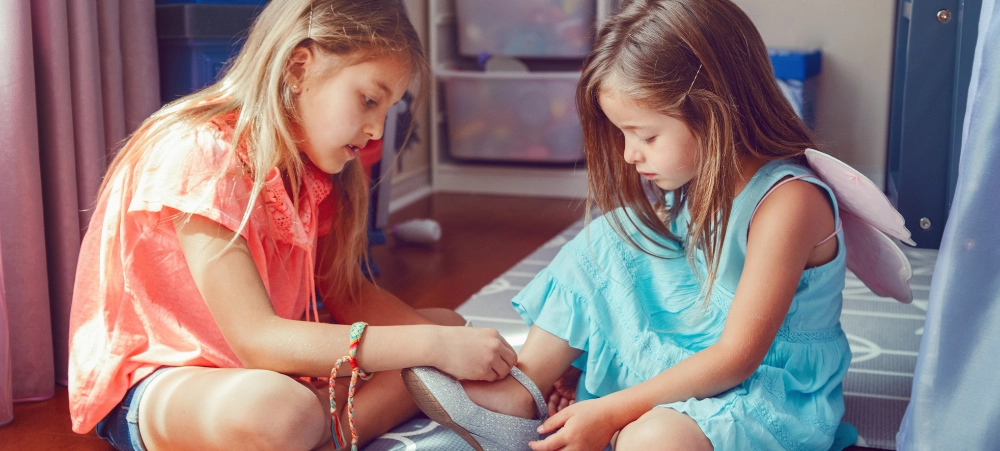
Encouraging Sibling Bonding Through Fun Activities
Sibling relationships are unique and can be among the most enduring connections of our lives. However, fostering a positive bond between siblings often requires some intentional effort, especially in today’s fast-paced world. Encouraging sibling bonding through engaging and fun activities can help create lasting memories and strengthen their connections. 1. Adventure Together in Nature Nature provides an excellent backdrop for siblings to explore and bond. Simple activities like hiking or a picnic in the park can create opportunities for teamwork and shared experiences. Children can learn about local flora and fauna, and perhaps even take up new hobbies like birdwatching or fishing. The shared challenges and discoveries found in nature help siblings develop trust and cooperation. 2. Creative Arts and Crafts Arts and crafts are wonderful for sparking creativity while working collaboratively. Setting up a painting session or building a crafty project together encourages siblings to share ideas and appreciate each other’s unique talents. Parents can facilitate by providing materials and themes, but leaving the creative process to the siblings allows them to bond over shared artistic adventures. 3. Cooking or Baking Together Cooking or baking provides a structured activity that requires teamwork and communication. Siblings can take turns being the lead chef and assistant, learning to rely on each other to successfully complete a recipe. This not only results in a delicious reward but also teaches essential skills like measuring, timing, and patience. 4. Game Night Extravaganza Board games, puzzles, or video games can become a regular family tradition that siblings look forward to. These activities promote friendly competition and cooperation. Games that require strategy or teamwork help siblings develop their problem-solving skills together. It’s important to choose games suitable for all ages involved to ensure everyone enjoys the experience. 5. Gardening Projects Gardening is a fulfilling activity that siblings can partake in together. Whether it’s planting flowers, vegetables, or maintaining a small herb garden, this shared responsibility fosters a sense of achievement and nurtures their bond. Watching their plants grow and flourish is a metaphor for their growing relationship. 6. Weekend Science Experiments Turn weekends into a time for exploration and learning with fun science experiments. Siblings can work together on projects that range from building a volcano to creating homemade rockets. These activities stimulate curiosity and teamwork while providing a platform for siblings to discuss and hypothesise about the world around them. 7. Sports and Physical Activities Engaging in sports or physical activities can be a fantastic way for siblings to bond. Whether it’s a simple game of tag, a family football match, or learning a new sport like tennis or swimming, these activities encourage cooperation and healthy competition. Physical activities are also great for releasing energy and reducing stress. Creating opportunities for siblings to bond through fun and engaging activities can lay the foundation for positive relationships that last a lifetime. By prioritising these shared experiences, parents can help nurture a loving and supportive environment that strengthens sibling ties.



